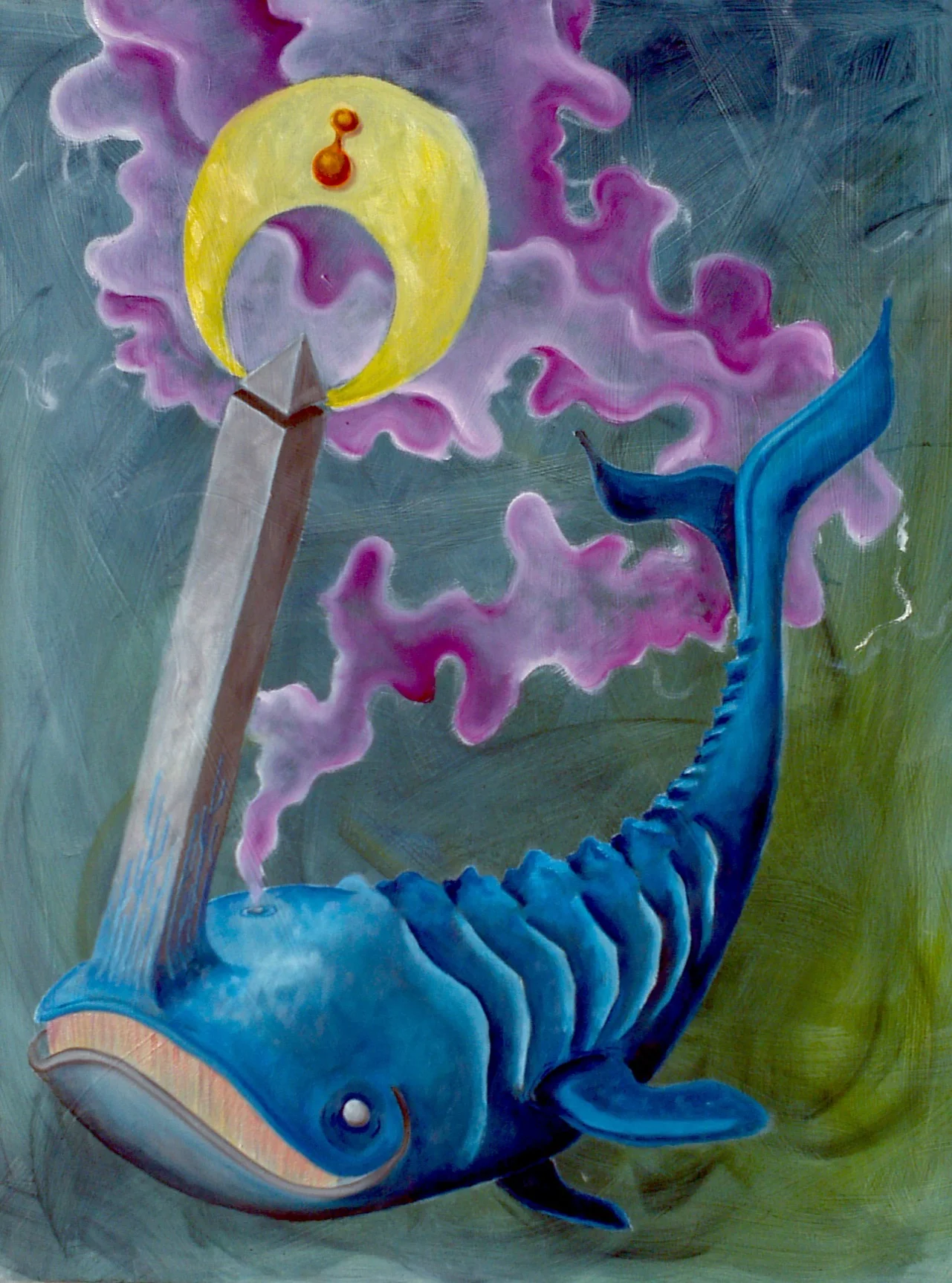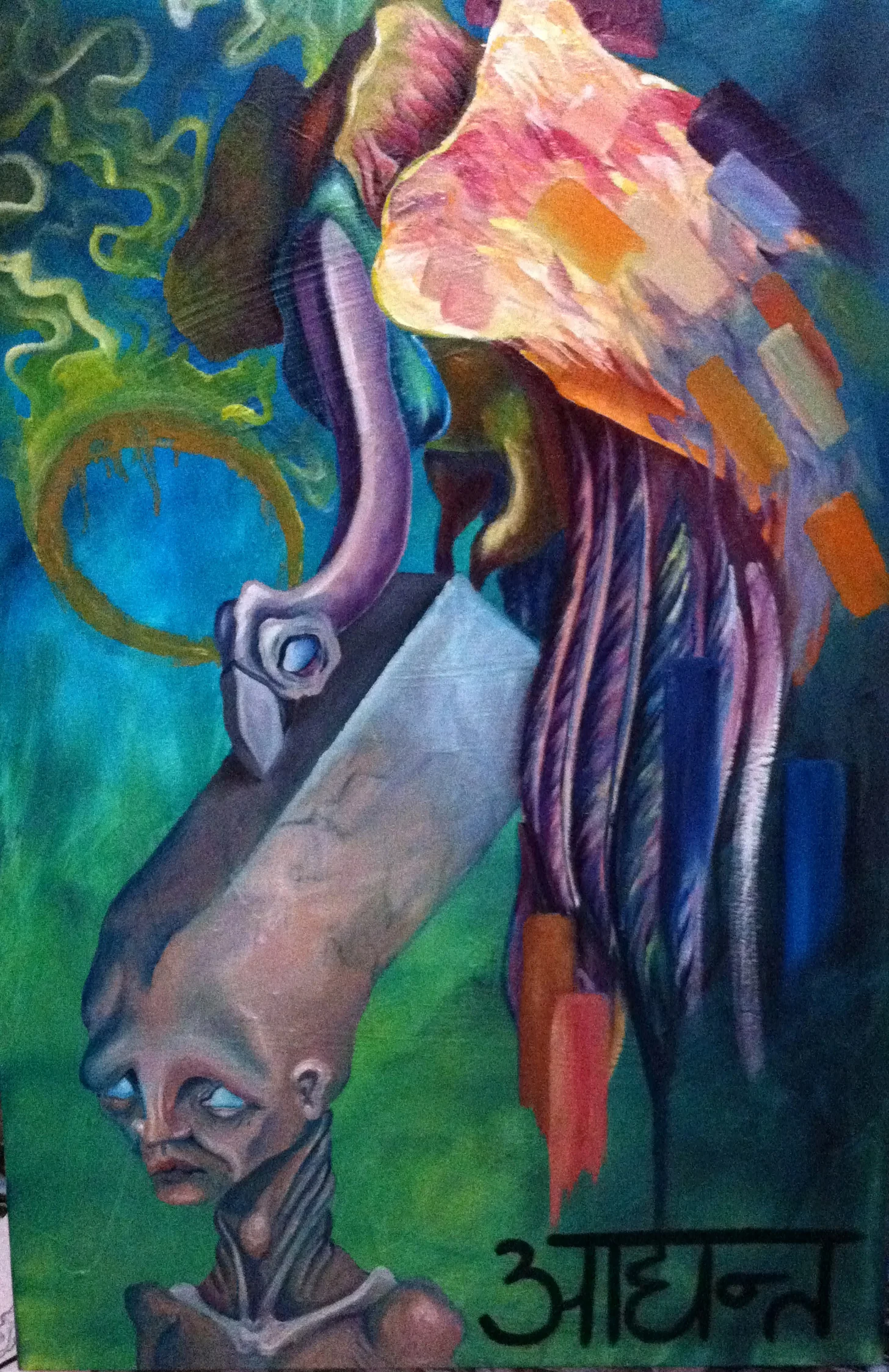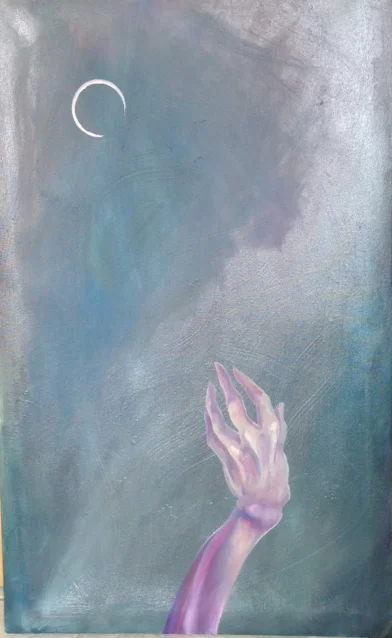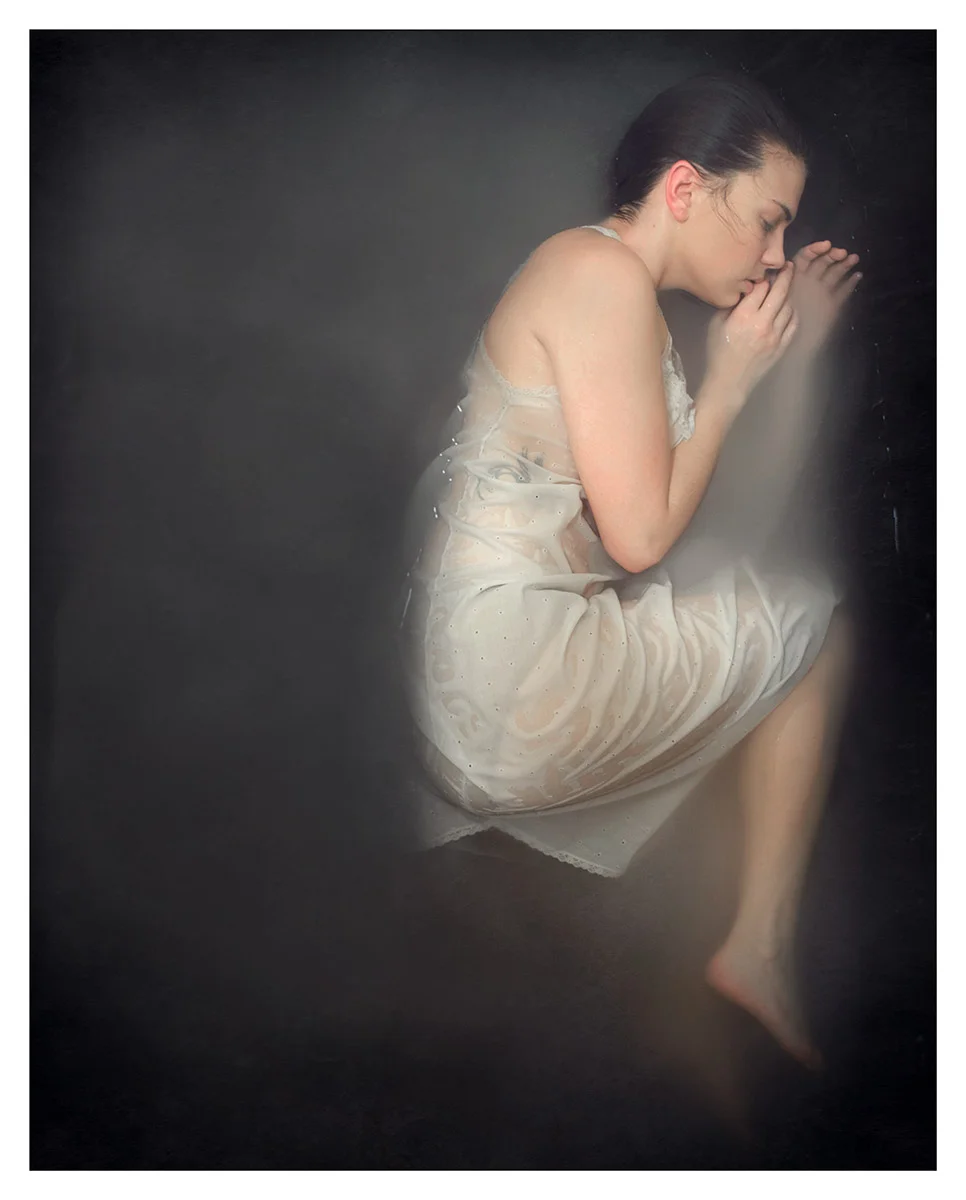Art by Meg Benton
Fear In America
““Fear In America” is about the anxiety I feel when I watch the news and in general the fear that I felt growing up in America. These anxieties first came into my awareness during September 11th. I was in middle school and I remember the impact of the cycling news reels. What really has struck me as an adult is the culture of terror that is perpetuated by the media. I struggle with anxiety. Exploring the root of some of my anxieties through art helps me to come to terms with my view of the world and it also has the potential to open up conversations about these topics with friends, family and peers. ”
Check out more of Megan's art below.
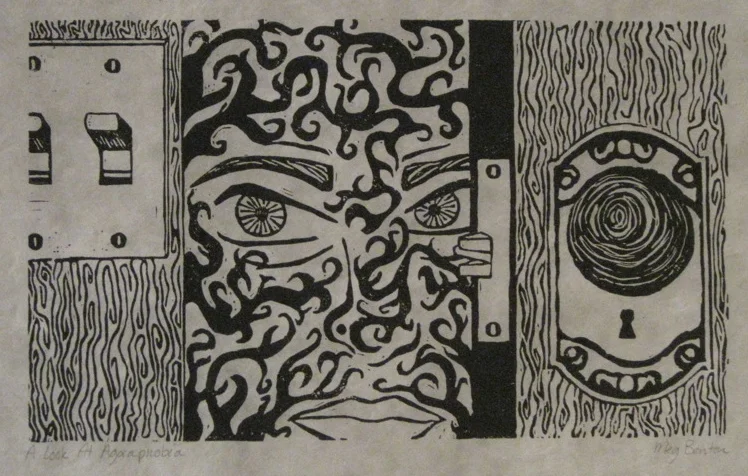


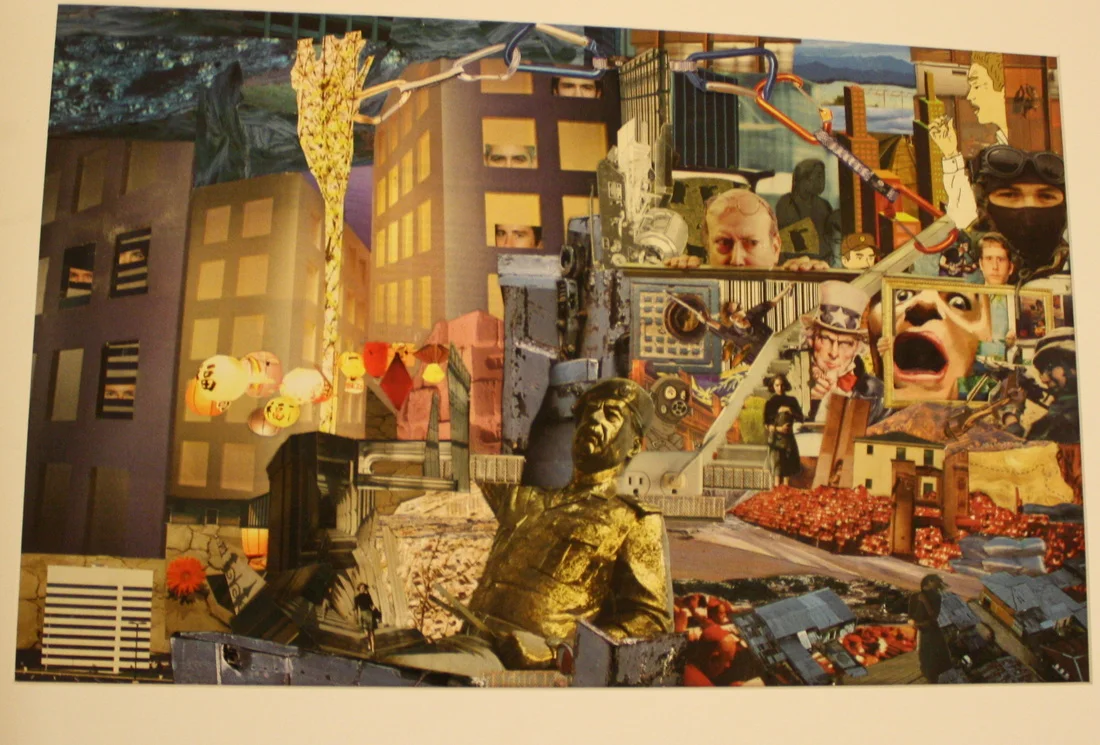
I make art because it helps me give balance to a world I often view as chaotic. I present visual expression to come to terms with my experience of being overwhelmed by things like; war, poverty, famine, global warming, societal problems, and the radius of fear that Americans experience and the American media propels. I am inspired to make art because I feel that I am creating visual solutions to the universal problems I see. My art signifies awareness of the world and its connection to my personal journey. It is a way of spreading information on an intuitive level. Often times I use portraits to express the presence of worldly problems. I use human expression and my own journey to convey how people either accept or do not accept these problems. My ceramic pieces are also an expression of problem solving. However, unlike my other work, I express solutions in an abstract sense. Working with clay is a holistic experience for me. Making art is important to me because it allows me to come to terms with things that would otherwise overwhelm me. I endeavor to make a positive change with my artwork.





